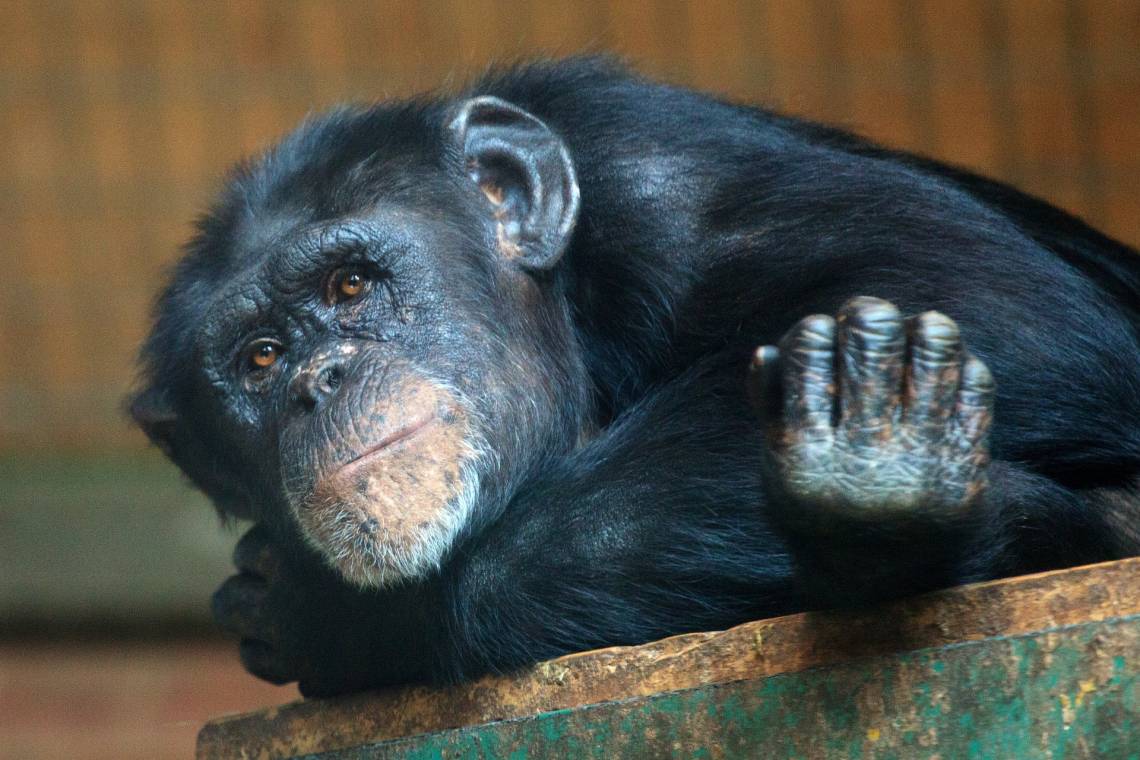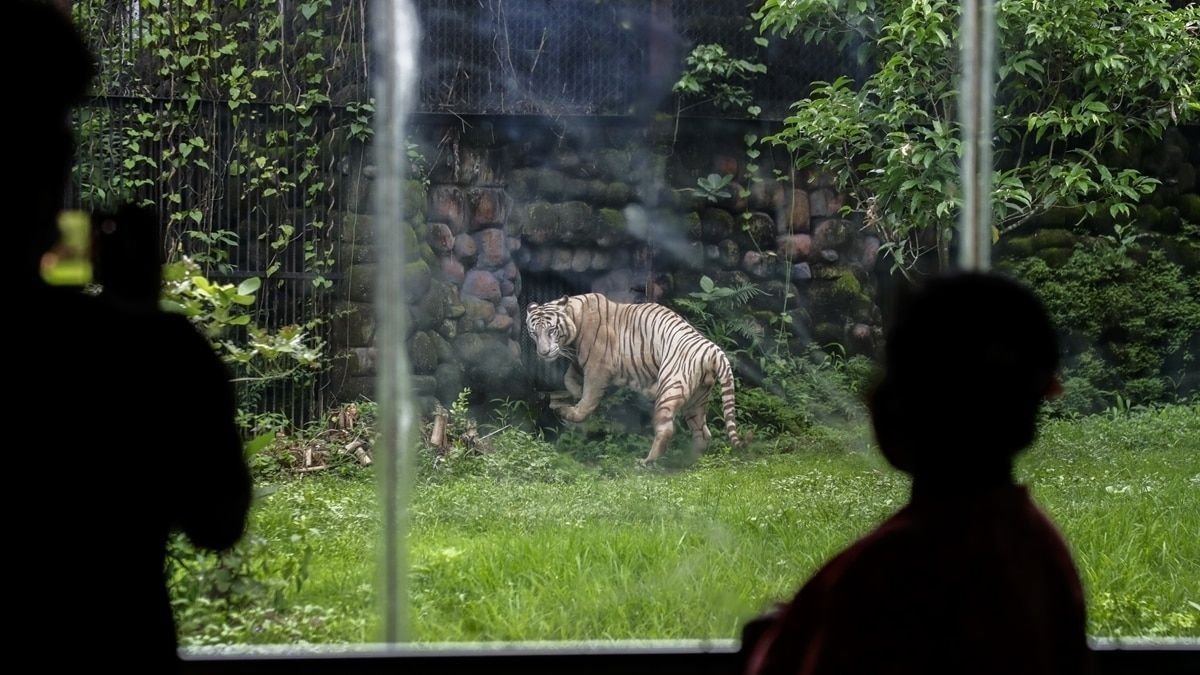Scientists discovered in a large study that the slower a genetic code mutates, the longer an individual lives. The study, which aims to shed light on genetic changes in ageing and cancer, discovered that, despite vast differences in lifespan and size, different animal species end their natural lives with similar numbers of genetic changes.
The Wellcome Sanger Institute conducted a genetic study involving 16 species, including humans, mice, lions, giraffes, tigers, and the long-lived, highly cancer-resistant naked mole-rat, confirming that the slower the rate at which mutations occur leads to a longer life, and thus mammals from tigers to humans live longer than giraffes.
According to the National Human Genome Research Institute, a mutation is a change in the DNA sequence that can occur as a result of DNA copying errors during cell division, exposure to ionising radiation, exposure to chemicals known as mutagens, or virus infection. Cancer is caused by these mutations.

While we know how mutations cause cancer, we don’t know much about their role in the ageing process.
According to the study, which was published in the journal Nature, somatic mutation rates are evolutionarily constrained and may play a role in ageing.
“It was surprising to discover a similar pattern of genetic changes in animals as dissimilar as a mouse and a tiger. The most intriguing aspect of the study has to be the discovery that lifespan is inversely proportional to the rate of somatic mutation “In a statement, Dr. Alex Cagan of the Wellcome Sanger Institute said.
To measure mutation rates in single intestinal stem cells, researchers generated whole-genome sequences from 208 intestinal crypts taken from 48 individuals. Somatic mutations accumulated linearly over time, and they were caused by similar mechanisms in all species, including humans, despite their very different diets and life histories, according to genome analysis.
They discovered that as the lifespan of each species increased, the rate of somatic mutation decreased. They discovered no significant relationship between somatic mutation rate and body mass, implying that other factors must be at work in larger animals’ ability to reduce their cancer risk relative to their size.









































